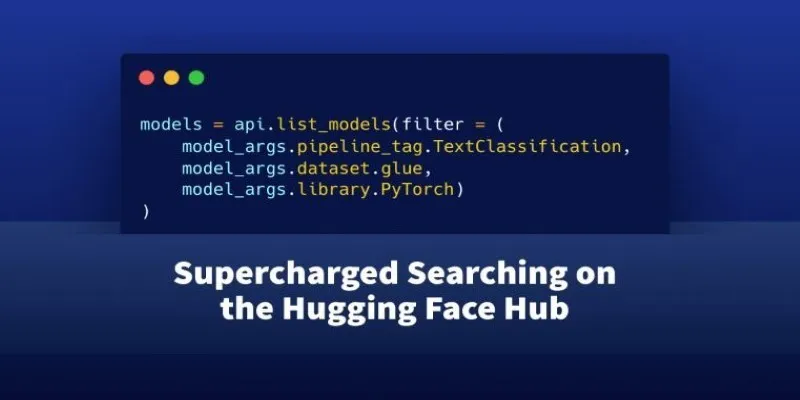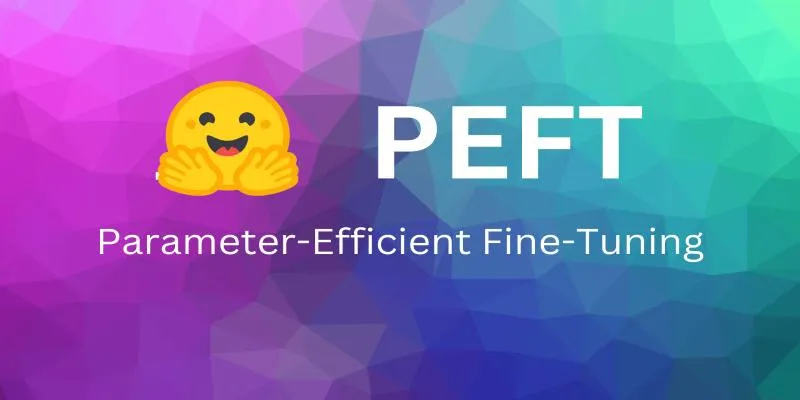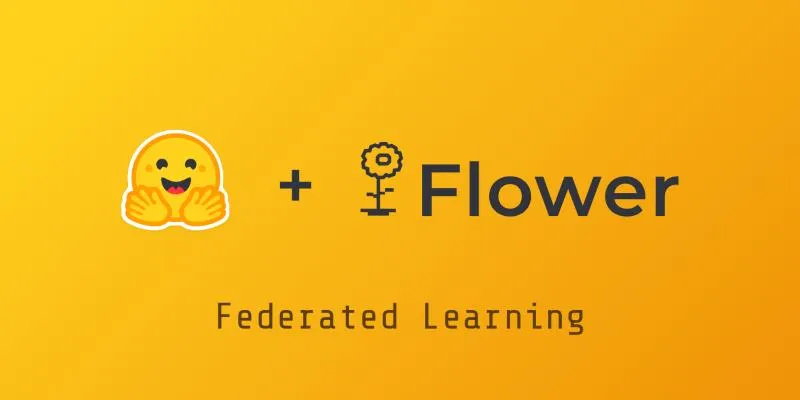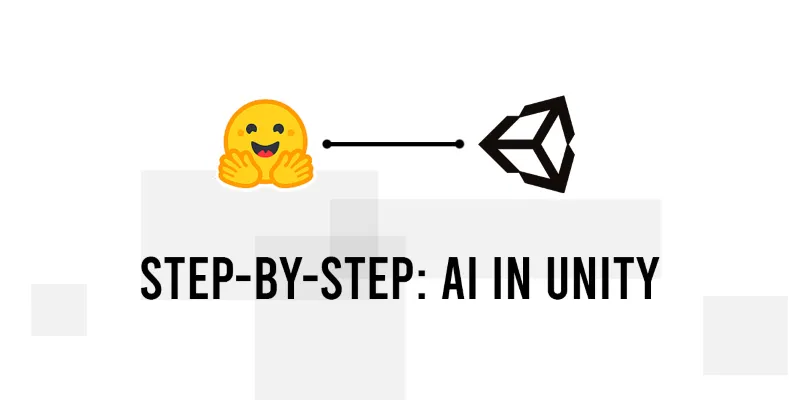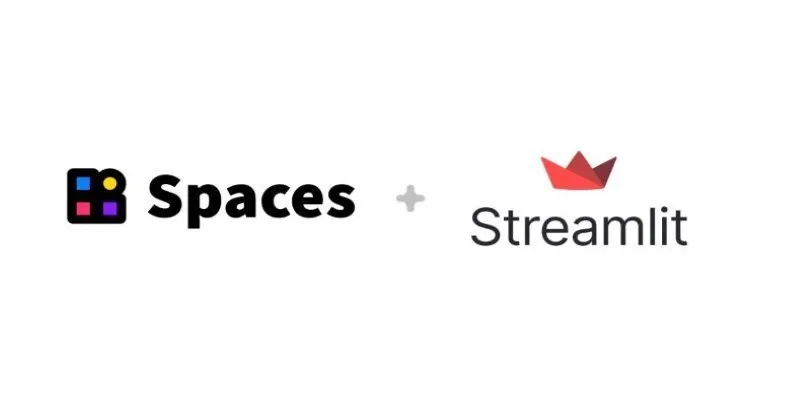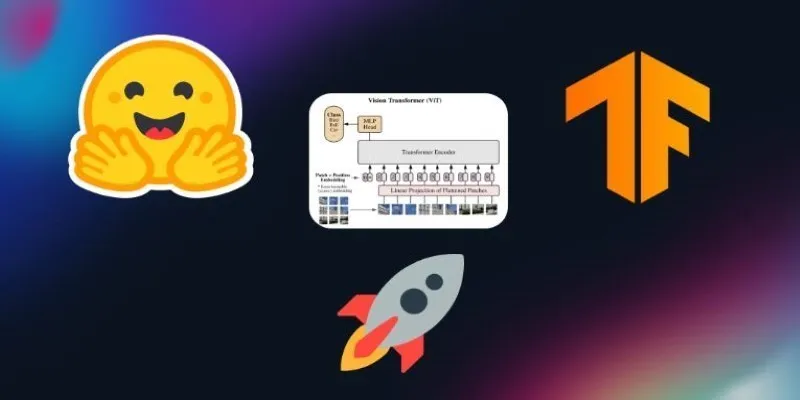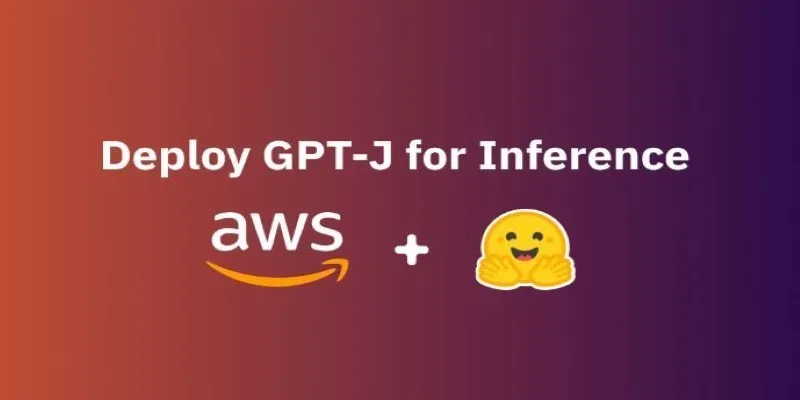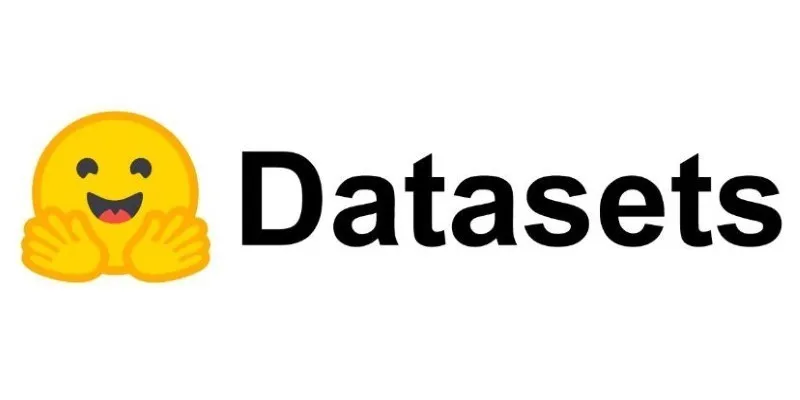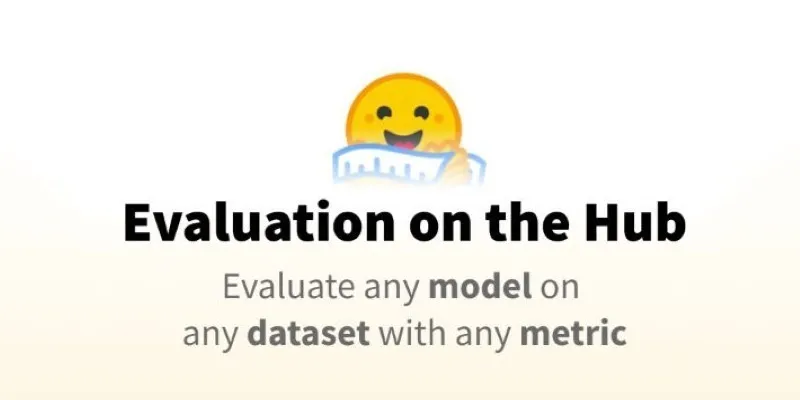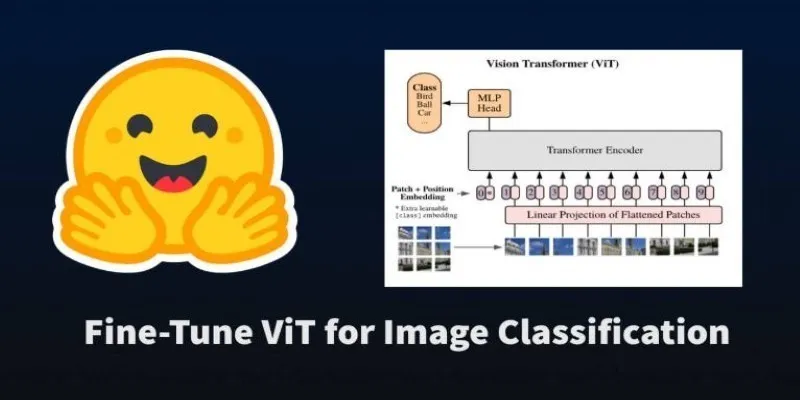Have you ever needed quick access to a large volume of data? Enter DuckDB, your in-browser solution to explore, slice, and analyze over 50,000 datasets on the Hugging Face Hub—no setup required. Just write SQL, and you’re good to go.
If you’ve ever found yourself scrolling through dataset descriptions, guessing their contents before downloading, DuckDB is the answer you’ve been waiting for. This tool offers instant insights directly in your browser. Let’s dive into what makes this so exciting.
Why DuckDB is Ideal for Dataset Exploration
DuckDB is optimized for fast, local analytical queries. Unlike traditional SQL databases that require hosting and management, DuckDB operates directly from your laptop—or in this instance, within the Hugging Face interface. No installations, no configurations. Just SQL.

With over 50,000 datasets at your fingertips, ranging from text classification to audio transcription, the challenge is not access but efficient exploration. DuckDB shines here. Suppose you encounter the dataset daily-news-comments. It seems promising, but you’re unsure of its structure. Does it have timestamps? How many categories are there? Are most comments brief or extensive?
Instead of downloading and inspecting it with Python or Pandas, you can run:
SELECT category, COUNT(*) as count
FROM 'huggingface:/datasets/daily-news-comments'
GROUP BY category
ORDER BY count DESC;
Boom. You get an immediate overview, right on the page. Think of it as a backstage pass without dismantling the whole setup.
How It Works: Hugging Face and DuckDB Together
The magic happens because Hugging Face supports the DuckDB engine, enabling SQL queries on datasets stored in Parquet format. Parquet is efficient—columnar, compressed, and optimized for speed. DuckDB can thus process large datasets faster than you’d expect.
To try it out, visit any “SQL-enabled” dataset on the Hub. Use the search filter to find them. Once open, click the “SQL” tab to start.
From there, it’s standard SQL. Use SELECT, WHERE, GROUP BY, and even window functions. Joins work too. Want to query multiple datasets? No problem. As long as they’re Parquet and accessible, DuckDB lets you query across them. No new syntax or tooling required—just write queries as you normally would.
Practical Use Cases for DuckDB on Hugging Face
Here’s where DuckDB on Hugging Face truly excels.
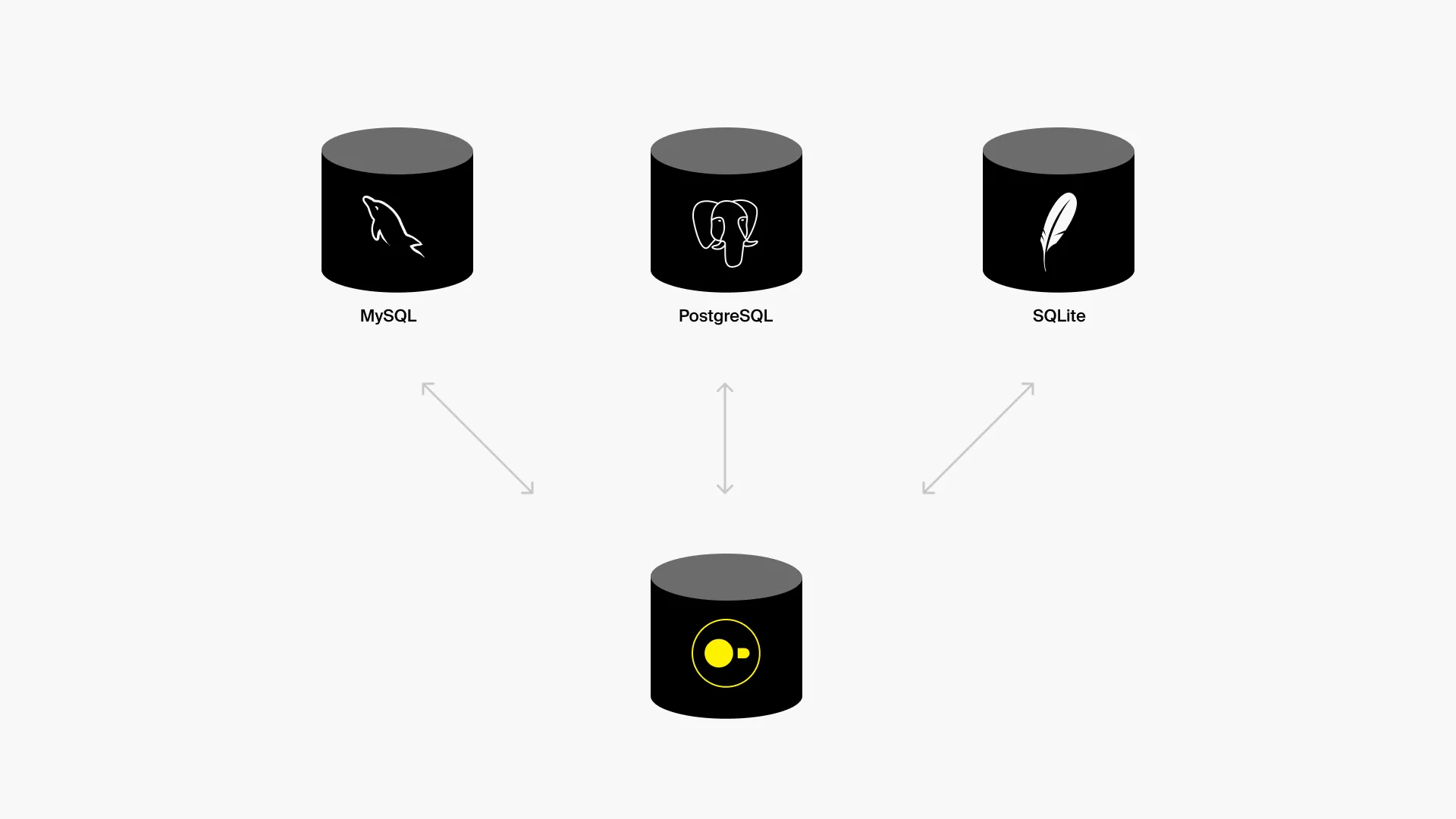
1. Data Profiling Before Committing
When building models or writing papers, you can’t afford to try multiple datasets before finding the right one. With DuckDB, run quick queries to check column names, unique values, row counts, and more.
Example:
SELECT DISTINCT(language)
FROM 'huggingface:/datasets/multilingual-stories';
This instantly tells you if the dataset covers the languages you need.
2. Filtering Large Datasets Without Downloading
Avoid the hassle of downloading massive datasets only to use a fraction. Instead, use SQL to filter what you need.
SELECT *
FROM 'huggingface:/datasets/open-reviews'
WHERE stars >= 4 AND verified = true;
Work smarter. Pull only what’s relevant or just review the results and move on.
3. Joining Datasets for Quick Cross-Checks
An often overlooked feature. Want to join user data with reviews? If they share a user_id, simply write:
SELECT r.review_text, u.age_group
FROM 'huggingface:/datasets/reviews' r
JOIN 'huggingface:/datasets/users' u
ON r.user_id = u.user_id;
No ETL, no manual merging. Just one query, done.
Step-by-Step: How to Use DuckDB on Hugging Face
New to the Hub or DuckDB? Here’s how to get started:
Step 1: Find a DuckDB-Compatible Dataset
Head to huggingface.co/datasets and filter for SQL-enabled datasets. Look for the DuckDB support label.
Step 2: Open the Dataset and Click the SQL Tab
Inside the dataset page, find the “SQL” button at the top. Click it to access the query interface.
Step 3: Write Your SQL Query
The query box functions like any SQL editor. Start simple:
SELECT COUNT(*)
FROM 'huggingface:/datasets/example-name';
Need more details? Use GROUP BY, LIMIT, or WHERE clauses.
Step 4: Hit Run
That’s it. Your results appear instantly. Save them if needed—download options are usually available.
Wrapping It Up
DuckDB on Hugging Face is a game-changer. It’s not flashy, and that’s its charm. No installations, no complicated processes—just SQL and answers. Whether you’re skimming datasets or juggling multiple sources for model building, this tool saves you time. Real, measurable time.
For those already using Hugging Face datasets, DuckDB isn’t just convenient—it’s essential. It’s the fastest way to understand dataset contents, assess their worth, and make them useful—all before opening a notebook.
 zfn9
zfn9
